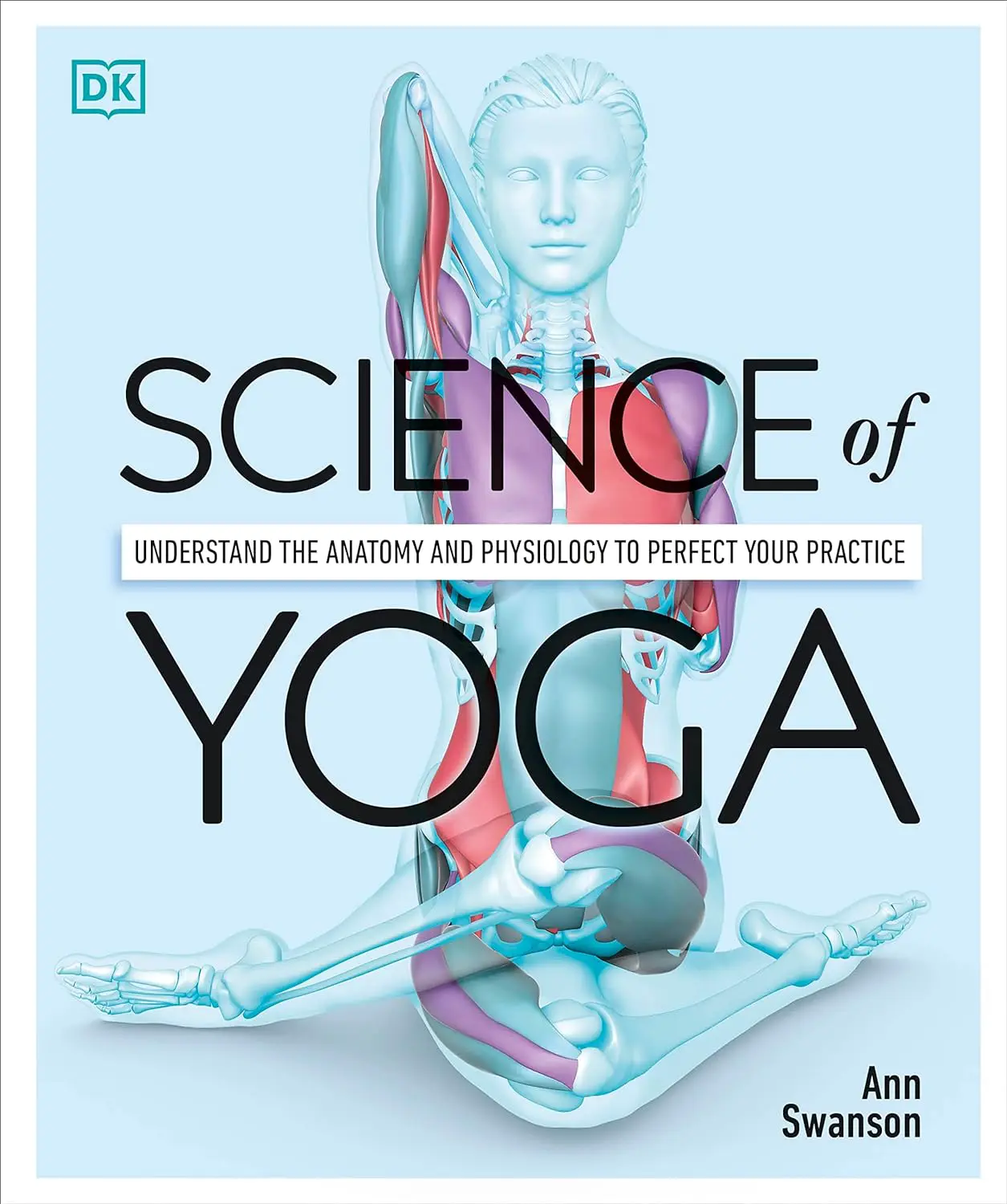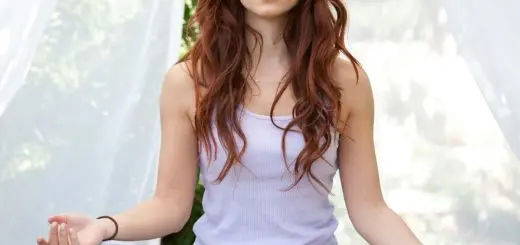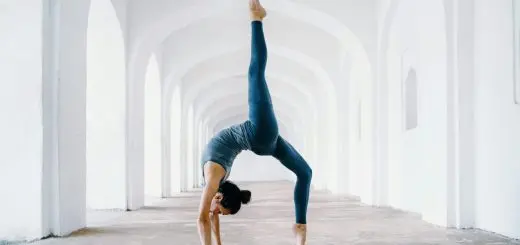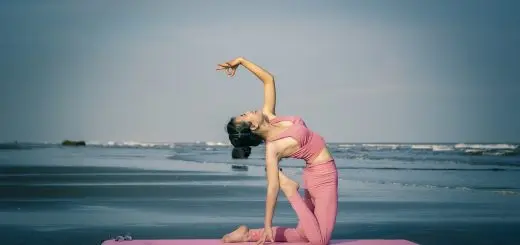How to Use Yoga for Stress Relief and Relaxation

Looking for more amazing products? Check out our online store and explore our collection here! Happy shopping!
Before diving in, please note: This post is for informational purposes only. If you’d like to know more about how we approach topics, feel free to check out our friendly Disclaimer Page.
Hey there, amazing readers! 
We’re committed to delivering quality posts, and your support (even just sticking around despite the ads) means everything to us. So, bear with us, and thanks for helping us keep the good vibes rolling. Now, on to the fun stuff!
TRANSLATE BUTTON AT THE END OF THE ARTICLE
A Quick Overview
Stress seems to be a common thread that weaves through our daily lives.
Work deadlines, family responsibilities, and the chaos of modern life can weigh heavily on our shoulders.
But here’s the good news: yoga offers a powerful antidote.
By incorporating yoga into our routines, we can foster a sense of relaxation and calmness that flows through our minds and bodies.
So, grab your mat as we dive into how to use yoga for stress relief and relaxation.
Discover the Magic of Yoga for Stress Relief
Yoga is more than just a series of poses; it’s a holistic practice that nurtures both the mind and body.
Imagine stepping onto your mat, leaving behind the noise of your day.
With each breath, you surrender a little more stress to the universe.
What makes yoga especially effective for stress relief?
It brings together mindful movement, breathing exercises, and meditation.
Each of these components can help lower stress hormones in the body, promote relaxation, and enhance your overall sense of well-being.
Let’s not forget the community aspect.
Joining a yoga class or even practicing with friends can create a supportive environment.
It’s like having cheerleaders who uplift you while you stretch and breathe through your worries.
The most magical part?
You don’t have to be a yoga expert.
Yoga welcomes everyone, regardless of skill level.
Whether you’re doing a simple pose or trying something more complex, every little bit counts.
The key is to listen to your body and find joy in the practice, making it a beautiful journey towards stress relief.
Understanding Stress: The Need for Relaxation
Stress is a natural response to challenges.
It’s how our body reacts to perceived threats, whether from work, relationships, or even just everyday life.
While a little stress can motivate us, too much can lead to burnout, anxiety, and physical ailments.
Recognizing the signs of stress is crucial.
Some common symptoms include irritability, fatigue, muscle tension, and difficulty concentrating.
When you notice these signs, it’s a good indication that your body is crying out for a break.
That’s where yoga comes in.
It provides a safe space to explore and release those pent-up feelings.
By dedicating time to your practice, you’re not just fighting stress; you’re also making a commitment to your mental health.
It’s fascinating to see how stress affects our physical health, too.
Chronic stress can lead to high blood pressure, heart problems, and weakened immune function.
Understanding this connection motivates us to prioritize relaxation and stress management.
Choosing the Right Yogic Style for You
With so many styles of yoga, how do you pick the one that suits you best?
Here’s a quick rundown of some popular styles:
Hatha Yoga: Great for beginners, it combines basic postures with breathing techniques.
A gentle introduction to yoga.
Vinyasa Yoga: If you like a little flow, Vinyasa links movement with breath, creating a dynamic practice that can energize you.
Restorative Yoga: Perfect for relaxation, this style uses props to support the body in gentle poses.
It’s like wrapping yourself in a warm blanket.
Yin Yoga: Focuses on deep stretching and holding poses for longer.
It targets the connective tissues and can be incredibly calming.
Kundalini Yoga: Combines physical poses, breathwork, and meditation to awaken energy.
It’s a more spiritual approach.
Think about what you need.
Are you looking for something calming, or do you want to energize yourself?
Try various styles until you find the one that resonates with you.
Once you do, you’ll look forward to your practice.
Essential Yoga Poses to Ease Your Mind
Certain yoga poses are particularly beneficial for stress relief.
Let’s explore a few that you can easily integrate into your practice:
Child’s Pose (Balasana): A gentle resting pose that calms the mind.
Just kneel, bring your forehead to the mat, and stretch your arms overhead.
Feel the release in your shoulders.
Corpse Pose (Savasana): Often done at the end of a session, it encourages complete relaxation.
Lie on your back, let your feet fall open, and focus on your breath.
Forward Bend (Uttanasana): This pose releases tension in the spine and calms the mind.
Stand tall, then hinge at your hips, letting your upper body hang.
Cat-Cow Stretch (Marjaryasana-Bitilasana): A gentle flow that warms up the spine.
Alternate between arching your back and rounding it while on all fours.
Legs Up the Wall (Viparita Karani): This restorative pose helps reduce anxiety and improves circulation.
Lie on your back and place your legs up against a wall.
Incorporating these poses into your routine can create a more peaceful mindset.
Remember, the focus is on how each pose feels for you—don’t worry about how it looks!
Breathing Techniques to Calm Your Nerves
Breath is often overlooked, but it’s one of the most powerful tools we have for stress management.
Here are some techniques you can explore:
Diaphragmatic Breathing: Sit or lie down comfortably.
Place one hand on your belly and the other on your chest.
Inhale deeply through your nose, allowing your diaphragm to expand.
Exhale slowly through your mouth.
This method slows your heart rate and promotes relaxation.
Ujjayi Breath: Commonly used in yoga, it involves slightly constricting the throat while breathing in and out through the nose.
This creates a soothing sound and helps focus your mind.
4-7-8 Breathing: Inhale for 4 seconds, hold your breath for 7 seconds, and exhale for 8 seconds.
This technique can calm your nervous system and prepare you for better sleep.
Box Breathing: Inhale for 4 seconds, hold for 4 seconds, exhale for 4 seconds, and hold for another 4 seconds.
This method is great for grounding yourself during stressful moments.
Make these breathing exercises part of your routine, even outside of yoga.
Just a few minutes can have a profound effect on your stress levels.
Creating a Cozy Yoga Space at Home
Having a designated yoga space can make all the difference in your practice.
Here’s how to create a cozy spot:
Choose a Quiet Area: Find a corner in your home where you can practice without distractions.
Natural light can enhance the atmosphere.
Add Comfort: Use a yoga mat, soft blankets, and pillows to create a warm environment.
Consider a yoga bolster for added support during poses.
Incorporate Nature: Adding plants can improve air quality and bring a sense of calm.
A small indoor fountain or essential oil diffuser can enhance the ambiance, too.
Personal Touches: Hang inspiring quotes, artwork, or photographs that make you feel happy and motivated.
Limit Distractions: Silence your phone and put away gadgets.
Create an environment that invites peace.
By crafting a dedicated space, you signal to your mind and body that it’s time for yoga.
This little corner can transform into your sanctuary amidst the daily hustle.
How to Incorporate Yoga Into Your Daily Routine
Finding time for yoga can feel like a challenge.
But it doesn’t have to be!
Here are some practical tips to weave yoga into your life:
Start Small: Even a short 10-minute session can be beneficial.
Try a quick morning routine to set a positive tone for the day.
Set a Schedule: Choose specific days and times for your yoga practice.
Treat it like an important appointment that you can’t miss.
Join a Class: Whether in-person or online, classes can provide motivation and structure.
Plus, it’s a great way to connect with others.
Use Yoga Apps: There are plenty of apps that offer guided sessions, making it easy to practice anywhere, anytime.
Combine with Other Activities: If you enjoy walking, incorporate some mindful stretches or breathing exercises during your breaks.
You’ll soon discover that the more you practice, the more effortless it becomes to fit yoga into your day.
It’s all about prioritizing yourself and your well-being.
Meditation: A Key Component of Stress Relief
Meditation complements yoga beautifully.
It allows us to quiet the mind and connect with our inner selves.
Here’s how to get started:
Find a Comfortable Position: You can sit cross-legged on the floor, in a chair, or even lie down.
Make sure you feel at ease.
Focus on Your Breath: Close your eyes and bring your awareness to your breath.
Notice the rise and fall of your chest.
If your mind wanders, gently bring it back.
Use Guided Meditations: Many apps and websites offer guided meditations for all levels.
They can be especially helpful for beginners.
Set a Timer: Start with just a few minutes and gradually increase your time as you become more comfortable.
Practice Regularly: Even a few minutes daily can create significant change.
Consistency is key.
Meditation can amplify the effects of yoga, enhancing your overall sense of peace and grounding.
Connecting with Nature: Outdoor Yoga Benefits
Practicing yoga outdoors can elevate your experience.
Here’s why:
Fresh Air: Breathing in nature brings an added layer of calm.
It can improve your mood and reduce stress.
Natural Surroundings: The beauty of trees, flowers, and landscapes can inspire creativity and peace.
Vitamin D: Sunlight is essential for our energy levels and well-being.
Just don’t forget your sunscreen!
Community: Outdoor classes often bring people together, creating a sense of connection that’s hard to replicate indoors.
Variety: Mixing up your practice environment keeps things fresh and exciting.
It helps you stay motivated.
So, roll out your mat in your backyard, park, or beach.
Embrace the elements and enjoy the rejuvenating power of nature!
The Power of Mindfulness in Your Practice
Mindfulness is about being present in the moment, and integrating it into your yoga practice can deepen your experience.
Here’s how:
Savor Each Pose: Instead of rushing through your practice, take time to really feel each pose.
Notice how your body responds.
Listen to Your Body: Pay attention to what feels good and what doesn’t.
This awareness can guide your practice and enhance your connection to yourself.
Stay Present: Whenever your mind starts to drift, gently bring your focus back to your breath or the sensations in your body.
Reflect After Class: Spend a few moments reflecting on your practice.
What did you learn about yourself today?
Apply Mindfulness Off the Mat: Try to carry that sense of presence into daily activities.
Whether you’re eating, walking, or talking, engage fully.
Mindfulness transforms yoga from a physical exercise into a powerful mental practice.
It’s a life skill that you can carry with you everywhere.
Tips for Staying Consistent with Your Yoga Journey
Let’s be honest: staying consistent can be tough.
Here are some strategies to help you stick to your yoga practice:
Set Realistic Goals: Whether it’s a certain number of days per week or specific poses to master, having goals keeps you motivated.
Track Your Progress: Keep a journal to note your experiences, challenges, and victories.
This reflection can inspire you to keep going.
Find a Yoga Buddy: Practicing with a friend can make it more enjoyable.
Plus, you’ll hold each other accountable.
Mix It Up: Don’t be afraid to try new styles or classes.
Variety can keep your practice exciting and prevent boredom.
Be Kind to Yourself: Some days will be easier than others.
Embrace the journey and remember that it’s okay to take breaks.
With patience and dedication, your practice will flourish.
Celebrate your commitment to yourself!
Celebrate Your Progress: Small Wins Matter!
Finally, let’s talk about the importance of recognizing your achievements.
Yoga is a journey, and each step forward counts.
Acknowledge Your Growth: Whether you’ve mastered a tough pose or simply made it to class this week, celebrate those wins!
Share Your Journey: Talk about your experiences with friends or on social media.
It can inspire others and create a sense of community.
Reward Yourself: Treat yourself to something special when you reach a milestone—maybe a new yoga mat or even a relaxing day at the spa.
Reflect on Your Journey: Take time to look back at where you started.
Recognizing your progress can motivate you to keep going.
Remember, yoga isn’t a competition.
It’s about finding joy in the practice and nurturing your well-being.
Every small victory matters!
Conclusion
Yoga is a wonderful tool for stress relief and relaxation.
By exploring different styles, poses, and breathing techniques, you can create a meaningful practice that fits your life.
Remember to be kind to yourself as you navigate this journey.
Embrace the small wins and enjoy the process.
We all have stress, but with yoga, you now have a powerful ally in finding peace and calm amid the chaos.
So, roll out your mat, take a deep breath, and let’s get started on this beautiful adventure together!

The Enlightenment Journey is a remarkable collection of writings authored by a distinguished group of experts in the fields of spirituality, new age, and esoteric knowledge.
This anthology features a diverse assembly of well-experienced authors who bring their profound insights and credible perspectives to the forefront.
Each contributor possesses a wealth of knowledge and wisdom, making them authorities in their respective domains.
Together, they offer readers a transformative journey into the realms of spiritual growth, self-discovery, and esoteric enlightenment.
The Enlightenment Journey is a testament to the collective expertise of these luminaries, providing readers with a rich tapestry of ideas and information to illuminate their spiritual path.
Our Diverse Expertise
While our primary focus is on spirituality and esotericism, we are equally passionate about exploring a wide range of other topics and niches 

To ensure we provide the most accurate and valuable insights, we collaborate with trusted experts in their respective domains 
Our blog originally focused on spirituality and metaphysics, but we’ve since expanded to cover a wide range of niches. Don’t worry—we continue to publish a lot of articles on spirituality! Frequently visit our blog to explore our diverse content and stay tuned for more insightful reads.
Hey there, amazing reader! 
Check out our store here and take a peek at some of our featured products below! Thanks for being awesome!











